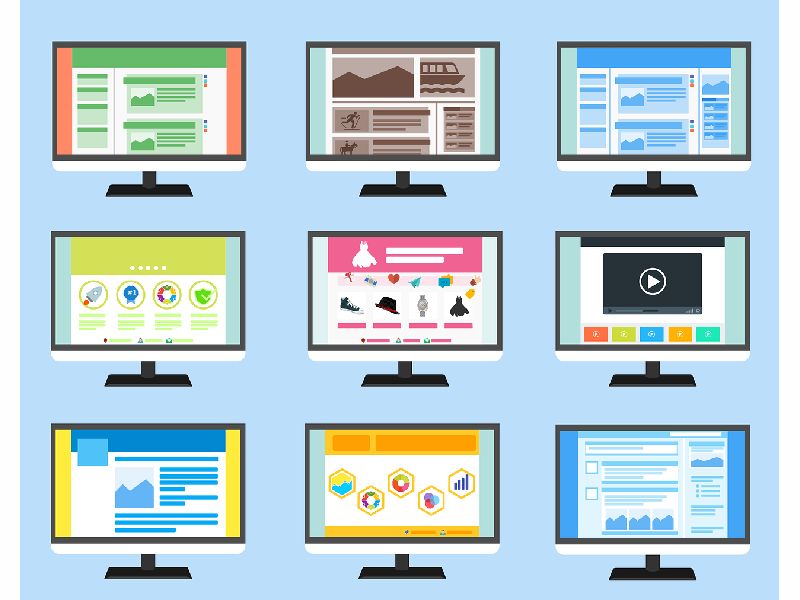Introduction:
In the ever-evolving landscape of app development, the ability to glean actionable insights from user data stands as a cornerstone of success. Welcome to a journey where data becomes the compass guiding strategic decisions, where every click, swipe, and interaction holds the key to unlocking the potential of your app.
As we embark on this exploration, it’s essential to recognize the transformative power of user data in shaping app strategy. Gone are the days of intuition-driven decisions; today, data reigns supreme, offering a window into the minds and behaviors of users. In this article, we’ll delve deep into the realm of user experience (UX) metrics and key performance indicators (KPIs), illuminating the path towards informed and effective app strategy.
Understanding UX Metrics and KPIs:
At the heart of data-driven app strategy lies a fundamental understanding of UX metrics and KPIs. These metrics serve as the building blocks for measuring user engagement, retention, and satisfaction, providing invaluable insights into the effectiveness of your app.
UX metrics encompass a diverse array of indicators, ranging from behavioral metrics, such as click-through rates and conversion rates, to engagement metrics, like time spent on app and session duration, and retention metrics, including churn rate and repeat usage. Each metric offers a unique perspective on user behavior, shedding light on different aspects of the app experience.
To illustrate the significance of UX metrics and KPIs, let’s consider the example of a fitness app. Imagine a scenario where the app’s primary goal is to encourage users to adopt a healthier lifestyle through personalized workout plans and nutrition tracking. In this case, relevant KPIs may include the conversion rate for premium subscriptions, the average time spent per session, and the churn rate of active users.
Analyzing user data collected from these metrics allows us to gain deeper insights into user behavior and preferences. By leveraging analytics tools and platforms, we can visualize data trends, identify patterns, and extract actionable insights to inform strategic decisions.
In the subsequent parts of this article, we’ll explore the process of analyzing user data in greater detail, examining best practices for data collection, visualization, and interpretation. We’ll also discuss how to leverage insights derived from user data to drive strategic decisions, optimize app performance, and enhance the overall user experience.
Analyzing User Data for Strategic Insights:
Once we’ve collected a wealth of user data through various UX metrics and KPIs, the next step is to dive deep into the analysis. This phase is where the raw data transforms into actionable insights that can drive strategic decisions and optimizations for your app.
Utilizing Analytics Tools and Platforms:
First and foremost, it’s crucial to leverage robust analytics tools and platforms to streamline the data analysis process. Platforms like Google Analytics, Mixpanel, or Firebase offer a wealth of features for tracking user interactions, visualizing data trends, and generating detailed reports.
Data Visualization Techniques for Easy Interpretation:
Data visualization plays a pivotal role in making sense of complex datasets and facilitating easy interpretation. Visualizations such as charts, graphs, and heatmaps can help distill large volumes of data into digestible insights, enabling stakeholders to identify trends, anomalies, and opportunities at a glance.
Identifying Patterns and Trends in User Behavior:
With the aid of analytics tools and data visualizations, we can start identifying patterns and trends in user behavior. Are there specific features or content that drive higher engagement? Do certain user segments exhibit distinct behaviors? By delving into the data, we can uncover valuable insights that inform strategic decisions.
Extracting Actionable Insights to Inform App Strategy:
The ultimate goal of data analysis is to extract actionable insights that can guide app strategy and decision-making. These insights may range from identifying underperforming features that require optimization to recognizing untapped opportunities for user engagement and retention.
For example, analysis of user data from our fitness app may reveal that users who complete a certain number of workouts within their first month are more likely to subscribe to premium features. Armed with this insight, we can tailor our app experience to encourage users to reach this milestone, thereby increasing subscription conversions.
Leveraging Insights for Strategic Decisions:
With a treasure trove of insights gleaned from user data analysis, it’s time to put these findings into action. In this section, we’ll discuss practical strategies for leveraging insights to drive strategic decisions, optimize app performance, and enhance the overall user experience.
Optimization Opportunities Based on User Data Analysis:
One of the primary benefits of analyzing user data is identifying optimization opportunities to improve app performance. By pinpointing areas where users encounter friction or frustration, we can implement targeted improvements to enhance usability and satisfaction.
For example, if data analysis reveals that users frequently abandon the app during the onboarding process, we can streamline the registration flow, simplify instructions, or offer contextual guidance to improve the onboarding experience and reduce dropout rates.
Iterative Improvements to Enhance User Experience:
Data-driven insights also empower us to adopt an iterative approach to app development, continuously refining and enhancing the user experience based on user feedback and performance metrics. By embracing a culture of experimentation and iteration, we can stay responsive to evolving user needs and preferences.
For instance, A/B testing different variations of app features or UI elements allows us to determine which design or functionality resonates most with users. By systematically testing and iterating based on user feedback and performance data, we can drive continuous improvement and innovation in the app experience.
Aligning App Strategy with User Needs and Preferences:
Ultimately, the goal of leveraging user data insights is to align app strategy with user needs and preferences. By understanding how users interact with our app, what features they value most, and where they encounter challenges, we can tailor our strategy to deliver maximum value and utility.
For example, if data analysis indicates a growing demand for social features within the fitness app, we may prioritize the development of community-building features such as group challenges, social sharing capabilities, or virtual workout groups to foster a sense of community and support among users.
Measuring the Impact of Strategic Changes on KPIs:
Finally, it’s essential to measure the impact of strategic changes on key performance indicators (KPIs) to gauge the effectiveness of our interventions. By monitoring KPIs over time and comparing them against baseline metrics, we can assess the success of our initiatives and course-correct as needed.
For example, if our optimization efforts aimed at improving onboarding experience result in a significant decrease in dropout rates and an increase in user engagement, we can attribute these improvements to our strategic changes and use them as a basis for further optimization efforts.
Conclusion:
In the dynamic and competitive landscape of app development, leveraging user data for strategic decision-making is not just a competitive advantage; it’s a necessity for success. Through careful analysis of UX metrics and KPIs, app developers and designers can gain invaluable insights into user behavior, preferences, and pain points, enabling them to optimize app performance, drive engagement, and enhance the overall user experience.
By adopting a data-driven approach to app strategy, organizations can make informed decisions that align with user needs and preferences, ultimately leading to increased user satisfaction, retention, and loyalty. From identifying optimization opportunities to measuring the impact of strategic changes, user data serves as a guiding light, illuminating the path towards app success.
As we conclude our exploration of harnessing user data for app strategy, let us not forget the importance of ethical considerations and user privacy. While data-driven decision-making offers immense potential for app improvement, it must be conducted responsibly, with a commitment to transparency, fairness, and respect for user privacy.
In the ever-evolving world of app development, those who harness the power of user data will be best positioned to thrive and innovate. By embracing data as a strategic asset and leveraging it to inform decision-making, organizations can unlock new opportunities, drive growth, and deliver exceptional experiences that resonate with users and stand the test of time.
So, let us embark on this journey with a renewed sense of purpose and determination, armed with the insights gleaned from user data analysis and fueled by a passion for excellence. Together, let us build apps that not only meet the needs of today’s users but also anticipate and exceed the expectations of tomorrow.











